The mythology and legends of the Draugr are interwoven into the rich tapestry of Norse culture. These mysterious and fearsome figures serve as both cautionary tales and embodiments of deep-rooted beliefs about life, death, and the afterlife.
Understanding the Draugr in Norse Mythology
The Draugr are undead creatures that appear prominently in Norse mythology, often depicted as the animated corpses of those who died with unfinished business or in a state of unrest. Unlike classic zombies, Draugr retain the ability to speak and possess superhuman strength. They are sometimes associated with treasure, guarding riches in burial mounds and often wreaking havoc upon the living.
The Draugr’s Role in Norse Tales
In various sagas and tales, the Draugr serves as a critical plot device. They typically embody themes of vengeance, greed, and the consequences of unresolved conflict. For instance, the story of ‘Gretti’s Saga’ narrates how the hero confronts a powerful Draugr named Glamr, who had purposefully haunted his land due to a tragic fate connected to his death.
The Draugr’s role is multifaceted; they can be agents of punishment for those who disrespect the dead or guardians of ancestral treasures who require respect and acknowledgment from living kin. Their appearances serve as potent reminders of mortality and the need for proper burial rites. In some tales, the Draugr’s actions are seen as a reflection of the societal values of the time, emphasizing the importance of honor and the repercussions of failing to uphold familial duties. This connection to cultural norms adds depth to their narratives, illustrating how the past continues to influence the present.
Characteristics and Powers of the Draugr
Draugr are described differently across various texts and accounts, but several key characteristics emerge consistently. They are known to have a ghastly appearance, often featuring a bloated body and a fierce, unsettling visage. Some narratives even depict them as growing in size and strength when angered.
These creatures are believed to possess formidable powers, including the ability to increase their physical size, which makes them even more dangerous when confronting the living. They also have the ability to cast illusions, making it difficult for their victims to discern reality from deception. This makes encounters with Draugr particularly treacherous, as they can manipulate the perceptions of those who venture too close. Furthermore, Draugr are said to have the ability to rise from their graves at will, often returning to the world of the living to exact revenge or reclaim what they believe is rightfully theirs. This resurrection aspect adds a layer of horror to their character, as it suggests that death is not always the end, and the unresolved issues of the past can manifest in terrifying ways. Their connection to the earth and the afterlife also highlights the Norse belief in the cyclical nature of existence, where the living must contend with the legacies of the dead.
The Origins of the Draugr Myth
To understand the Draugr fully, one must delve into the historical context in which these myths arose. The Norse people lived in a world characterized by harsh conditions and a deep connection to the land and its ancestors, which naturally informed their views on death and the afterlife.
Historical Context of the Draugr
The origins of the Draugr myth can be traced back to the Viking Age when Scandinavian societies held animistic beliefs about the spirit world. The Norse considered the body and spirit as intimately linked, so the improper treatment of corpses could lead to restless spirits haunting the living.
Furthermore, the practice of burying individuals with grave goods and weapons illustrates the belief that the dead would journey to an afterlife where they would need these items. In this context, the Draugr could be seen as an embodiment of those spirits who could not transition peacefully due to unresolved issues or dishonorable deaths. The tales of the Draugr often reflect the fears of the living regarding what might happen if they failed to honor their dead, serving as cautionary tales that reinforced societal norms surrounding death and burial practices.
Cultural Influences on the Draugr Myth
The Draugr myth is not existing in isolation but is influenced by various elements of Scandinavian culture and folklore. Many stories that originated in the Viking Age were later preserved through oral storytelling, which would have adapted and evolved over centuries.
Additionally, elements from neighboring cultures and religions have impacted the depiction of the Draugr. Christianity, for example, introduced new concepts of the afterlife and morality, altering how undead figures were perceived. As a result, the Draugr began to symbolize the consequences of immoral behavior and the need for divine judgment. This transformation can be seen in the way the Draugr was often portrayed as a malevolent force, a stark contrast to earlier depictions that might have emphasized their tragic nature. The blending of pagan and Christian beliefs created a rich tapestry of narratives that reflected the complexities of life, death, and the moral fabric of society.
Moreover, the geographic landscape of Scandinavia, with its rugged mountains and dark forests, played a significant role in shaping the Draugr myth. The eerie, isolated settings where these tales were often told contributed to the atmosphere of fear and mystery surrounding the Draugr. As communities faced the harsh realities of their environment, stories of the undead became a means of grappling with the uncertainties of life and death, imbuing the Draugr with a sense of both dread and fascination. These narratives not only entertained but also served as a way to process the existential questions that haunted the Norse people, making the Draugr a lasting symbol of their cultural heritage.
The Draugr in Modern Media
In contemporary culture, the allure and mythological significance of the Draugr have been revived through various forms of media. The Draugr have found a niche in literature, video games, and films, bringing their ancient legacy to newer audiences.
The Draugr’s Influence on Popular Culture
The influence of the Draugr in popular culture is evident in numerous fantasy novels and video games. For example, the creature made a notable appearance in the popular video game series ‘The Elder Scrolls,’ wherein they are placed in various contexts, often retaining their traditional characteristics as fierce guardians of tombs.
Additionally, books such as ‘Norse Mythology’ by Neil Gaiman have reintroduced these figures to a broader audience, blending traditional lore with modern storytelling techniques. Through these adaptations, the Draugr becomes a symbol of adventure, danger, and the ever-present connection between the past and the present.
The Evolution of the Draugr Image
As the portrayal of the Draugr evolves, so do their characteristics and narrative roles. No longer merely terrifying monsters, they often take on complex dimensions reflecting themes of tragedy and loss. In contemporary interpretations, Draugr are sometimes viewed as tragic figures—echoing human experiences of grief or betrayal—offering them a layer of depth previously unexamined in earlier myths.
Moreover, the rise of interest in Norse mythology through films like ‘Thor’ and series such as ‘Vikings’ has also contributed to a more nuanced portrayal of Draugr, illustrating their multifaceted nature as both protectors and threats.
The Symbolism of the Draugr
The Draugr transcends their physicality to represent deeper themes within Norse culture. They are symbolic figures that encapsulate collective fears and beliefs surrounding mortality and the afterlife.
The Draugr as a Symbol of Death and Decay
The Draugr symbolize the inevitability of death and the decay that follows. Their undead state reflects cultural anxieties surrounding corporeality and the transient nature of life. In many tales, their grotesque appearances serve as grim reminders of the fates that await the living.
Furthermore, the experience of encountering a Draugr prompts characters within tales to confront their fears of death, ultimately leading to personal growth and understanding of mortality. This duality makes the Draugr a powerful symbol, embodying both fear and respect for the cycles of life.
The Draugr and Norse Beliefs about the Afterlife
In Norse cosmology, the beliefs surrounding the afterlife are complex and varied, with many realms such as Valhalla, Hel, and others shaping the perceptions of what comes after death. Draugr are often linked to the idea of unfinished business, representing the souls unable to transition into whatever realm awaits them due to past grievances or failures.
Their presence in folklore indicates a culture deeply concerned with how the living honor their dead, as well as the societal implications of death and how individuals should navigate their relationships with the deceased.
Debunking Misconceptions about the Draugr
Despite their iconic status in mythology, the Draugr is often misunderstood, leading to the proliferation of myths that inaccurately depict their nature and roles.
Common Misunderstandings about the Draugr
One common misconception is equating the Draugr purely with the zombie archetype found in modern horror. While both share similarities, the Draugr are deeply rooted in specific cultural and spiritual beliefs that set them apart as more complex beings. They are not simply mindless creatures; they possess intelligence, motives, and a connection to the living world.
Additionally, many people assume that all Draugr are evil entities. However, the truth is more nuanced—they can also serve as protectors or tragic figures shaped by their circumstances. Over-generalizing their nature reduces their significance and complexity in Norse traditions.
The Truth Behind the Draugr Myth
The Draugr myth resonates because it encapsulates fundamental human concerns regarding mortality, respect for the dead, and the ramifications of unresolved conflicts. The stories of Draugr are not just tales of horror; they remind us of the importance of honoring our ancestors, confronting our fears, and understanding the lasting impact of our actions.
As we explore these myths, we gain insights into the values and beliefs of a culture that has shaped many aspects of modern storytelling, demonstrating the timelessness of these figures. The Draugr continues to captivate and intrigue, ensuring their place in both historical and contemporary narratives.

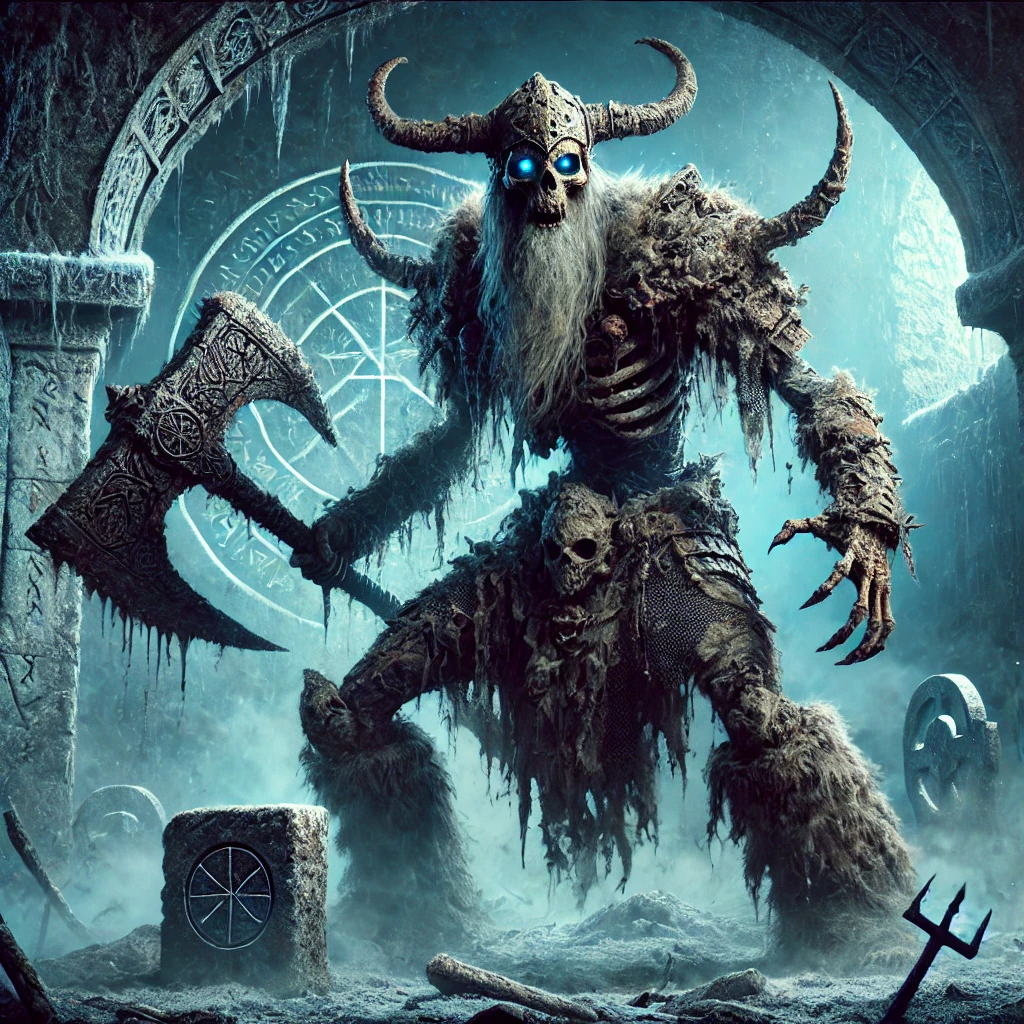
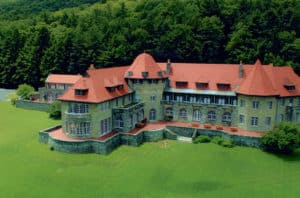
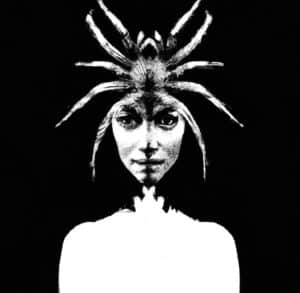
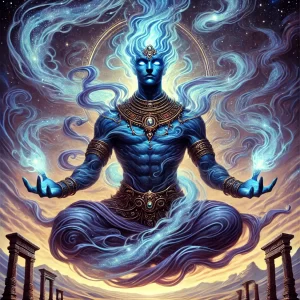
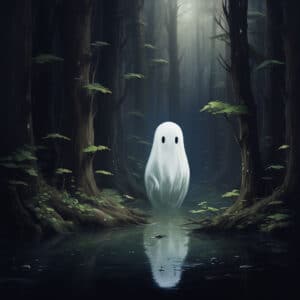
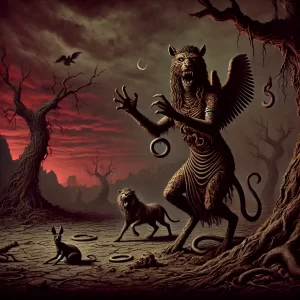
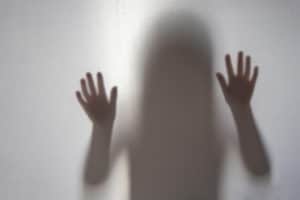
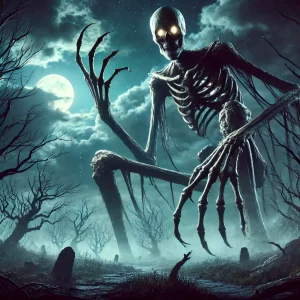
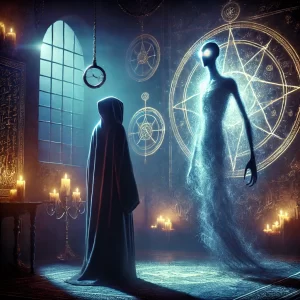


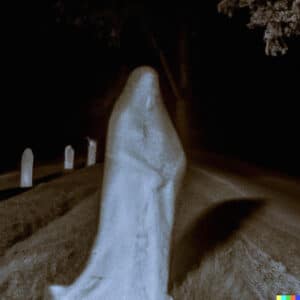
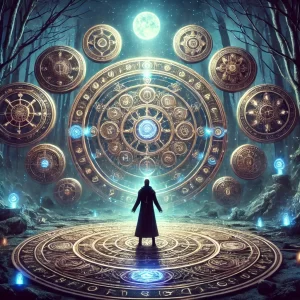
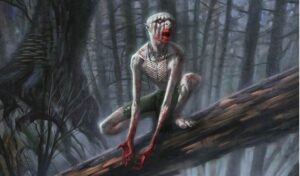
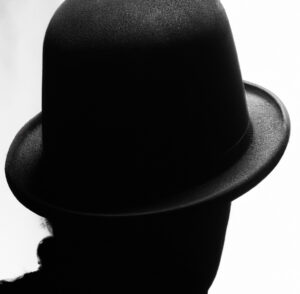

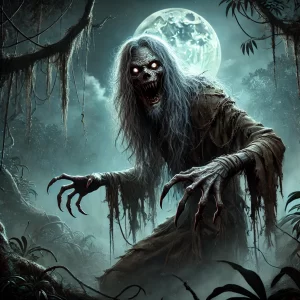


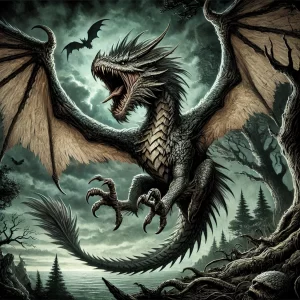
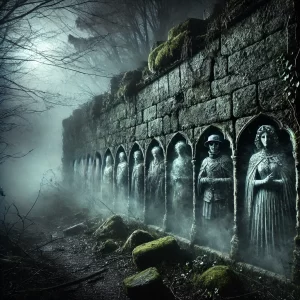
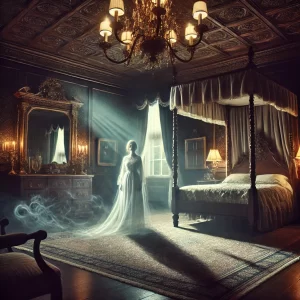

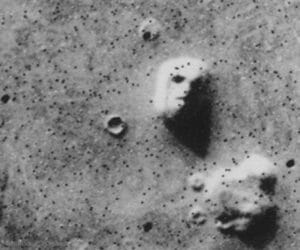
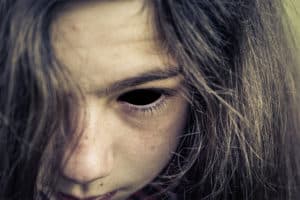
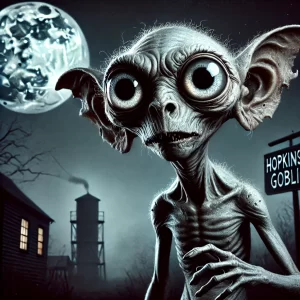

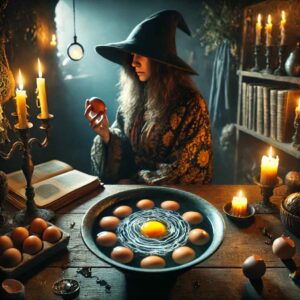
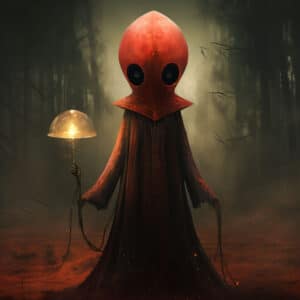

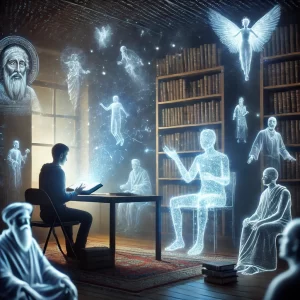
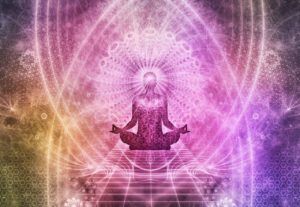
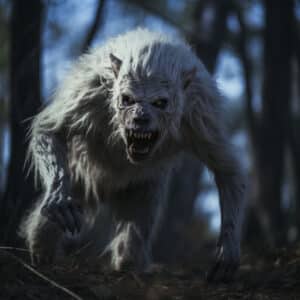
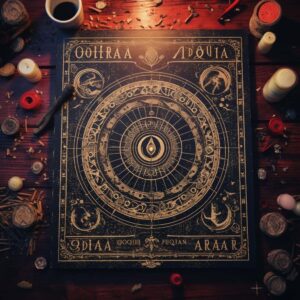


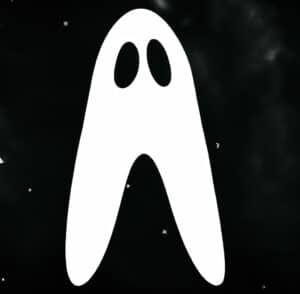
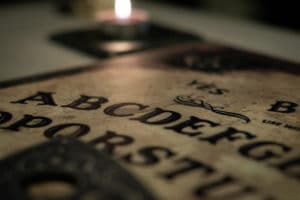

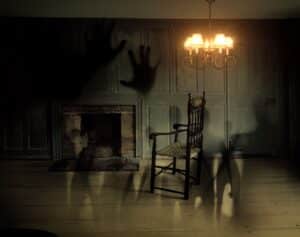
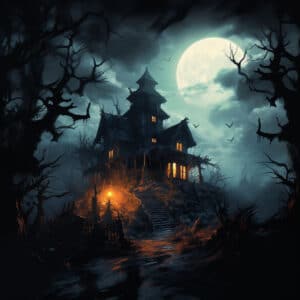
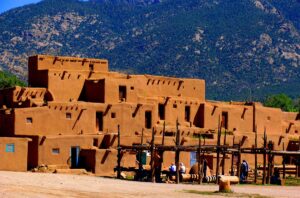
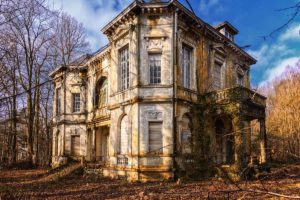

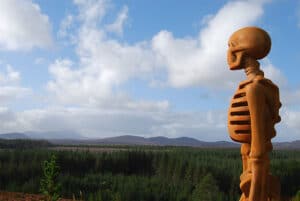

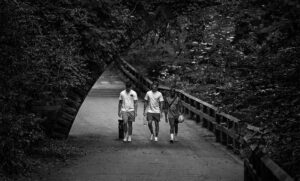


Leave a Reply